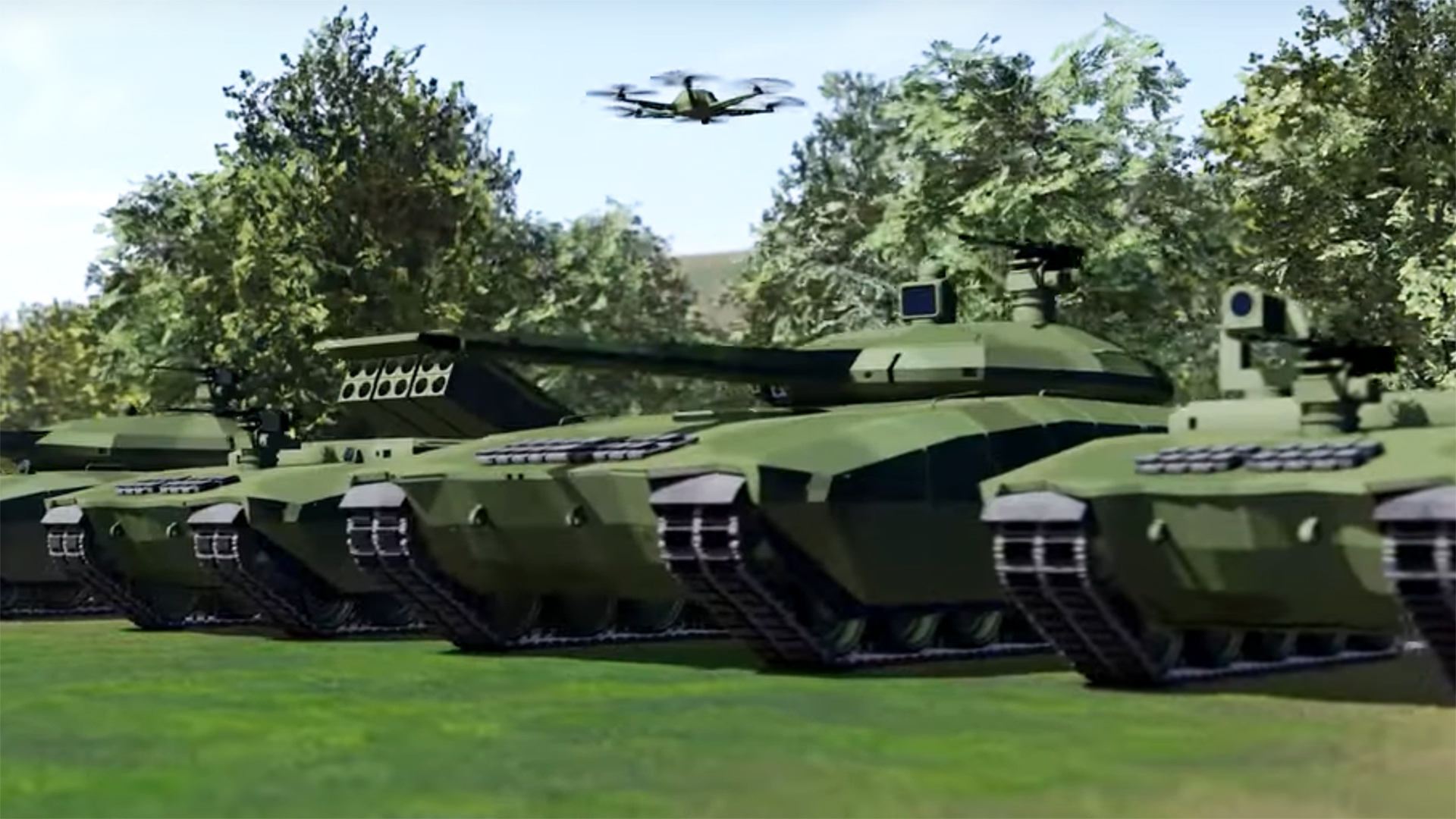Four different European defense companies will come together in a joint venture to build a next-generation Franco-German main battle tank, under the Main Ground Combat System (MGCS) initiative. The tank, which will be part of a wider ‘system of systems,’ confirms something of a renaissance in Western European armor programs, with a notable emphasis on larger and heavier-hitting main armament.
The establishment of the joint venture, which comprises KNDS Deutschland, KNDS France, Rheinmetall Landsysteme, and THALES SIX GTS France, was confirmed today by the German government’s Federal Cartel Office (or Bundeskartellamt), the country’s competition regulatory agency. The joint venture, the MGCS-Project Company, will be based in Germany and will be charged with the industrial development of the MGCS tank, to be procured by Germany and France. The tank is planned to ultimately replace Germany’s Leopard 2s and France’s Leclercs, sometime in the 2040s.

Before the joint venture could be approved, the Federal Cartel Office had to ensure that it wouldn’t have an adverse impact on competition between the firms. The agency concluded that, despite “some overlap in the area of armored military vehicles,” the companies wouldn’t be able to realize the aims of MGCS alone. It also confirmed that the firms would continue to compete against each other for different armored vehicle contracts.
The Federal Cartel Office also provided some more outlines of the MGCS program’s aims, namely, to develop a modular main battle tank “which fulfills various capability requirements as a multi-platform system.” As such, the program will provide “an identical chassis on which different modules can be placed as required.” The agency adds, “This flexible approach makes it possible to create several specialized vehicles that operate in tandem.”
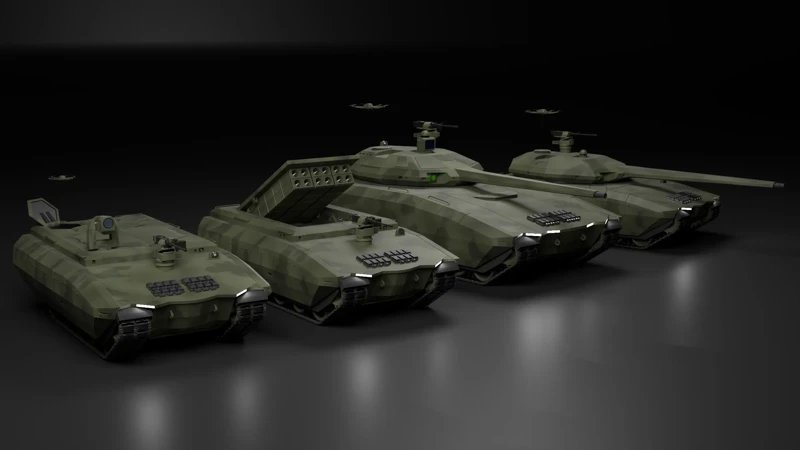
Of the four different companies involved, KNDS is already a Franco-German concern, established through the previous merger of Krauss-Maffei Wegmann and the French armaments group Nexter. Rheinmetall is Germany’s largest arms manufacturer, and the fifth biggest in Europe. Finally, Thales is a French aerospace and defense company specializing in electronics with a global footprint. Within this, THALES SIX GTS France handles communications and security technologies.
This significant step forward for the MGCS program comes soon after Germany determined that it would start work on a new main battle tank, which is already being referred to as the Leopard 3. In February of this year, the German Armed Forces procurement office issued a contract for technical studies of 130mm ammunition, as well as a powerplant, protection systems, and other equipment.
Intriguingly, all of these new technologies are intended to be compatible with the existing Leopard 2 main battle tank. Once integrated into that platform, the result will be a significantly different tank, likely to be designated Leopard 3, although Leopard 2 AX or “the bridge solution” have also been mentioned. The interim tank is supposed to be ready to enter German Army service in the 2030s.
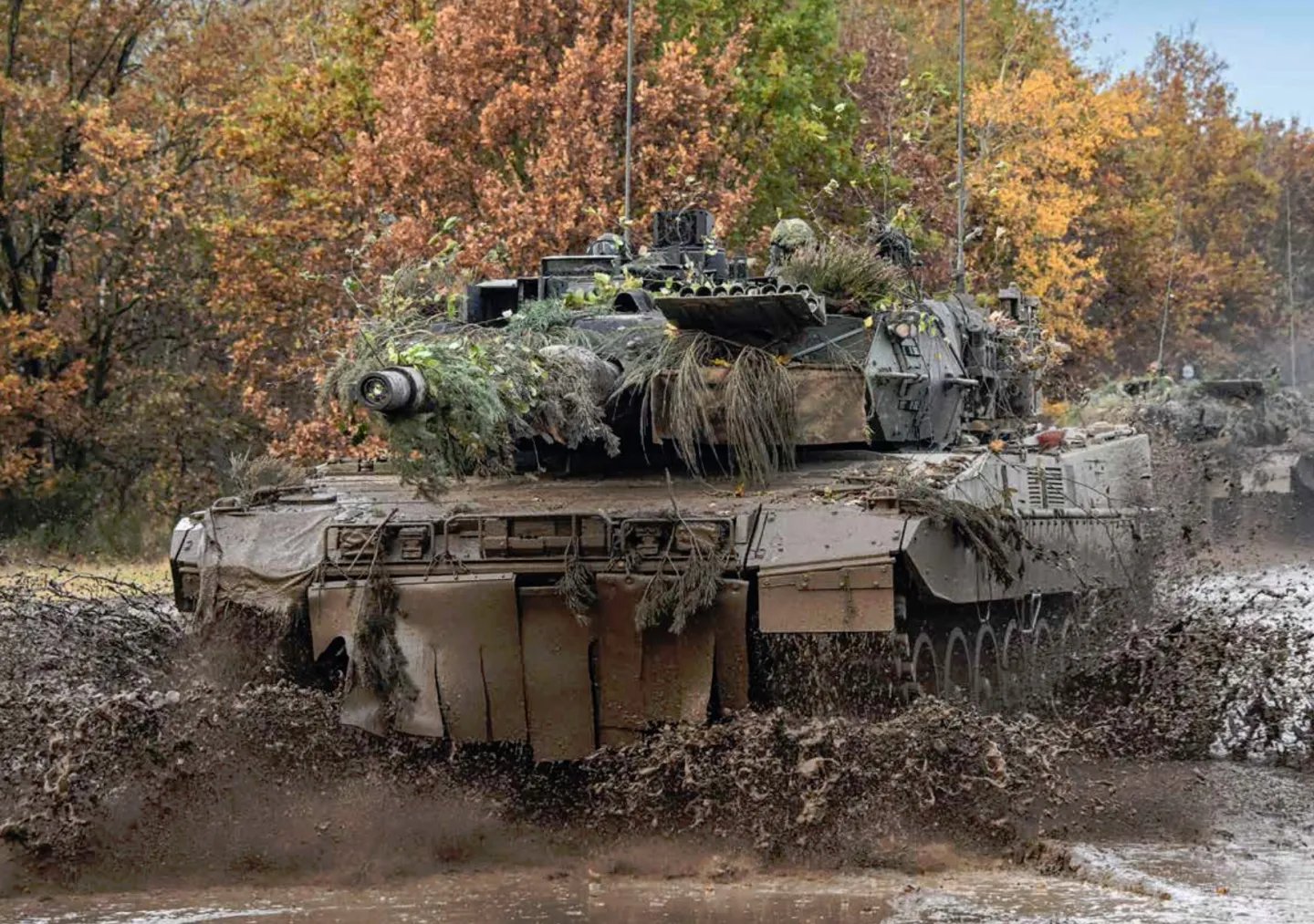
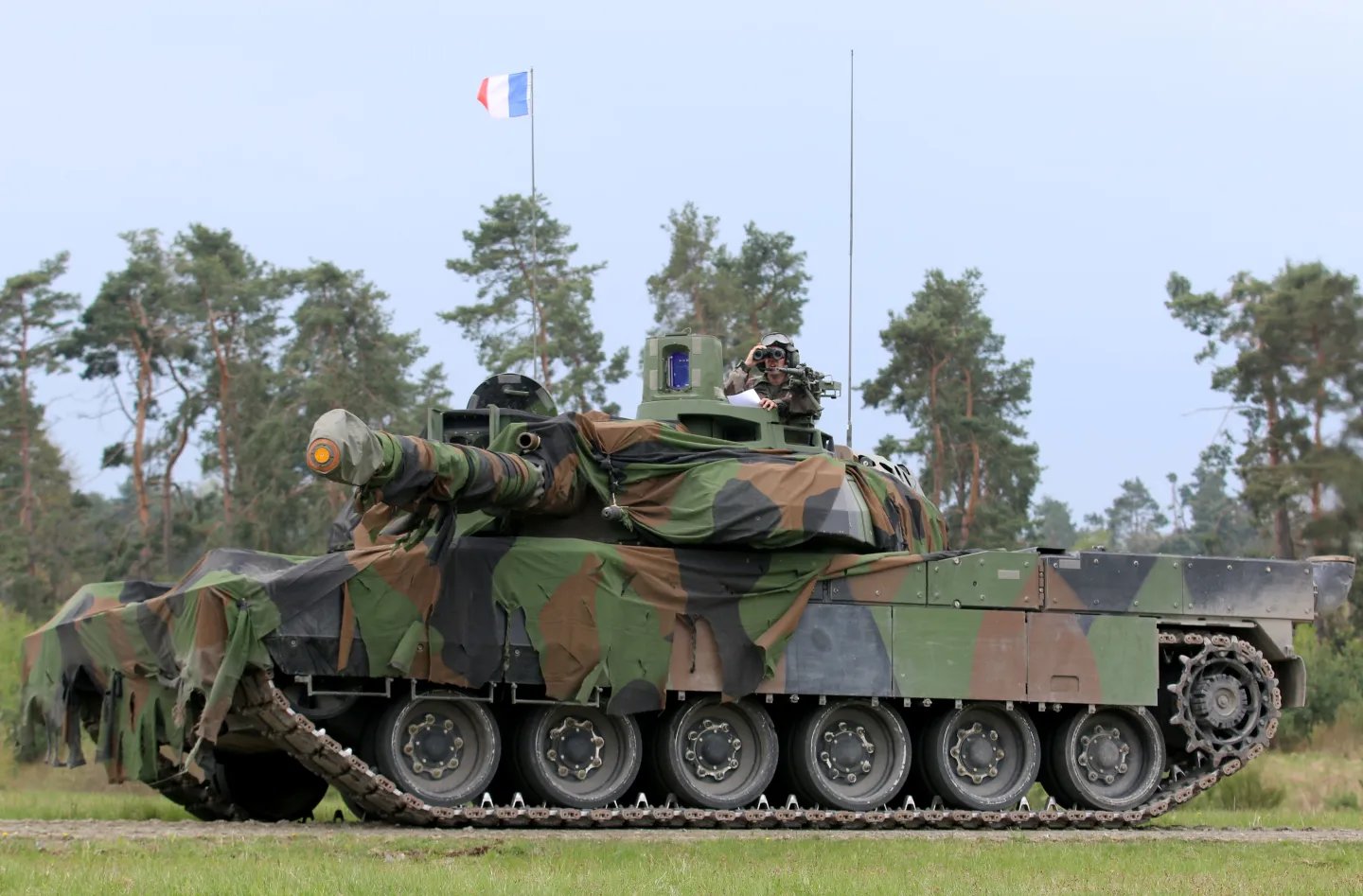
The German efforts in this direction underscore the value the country has assigned to modernizing its tank fleet. At the same time, it is quite possible that technologies developed for the Leopard 3 could also find their way into the MGCS main battle tank.
In particular, the 130mm ammunition — a study that will be conducted by Rheinmetall — would be a logical fit for the GMCS program. Reflecting a growing shift toward increased-caliber tank armament, a 130mm main gun has been planned for the MGCS for some time. This will offer much more kinetic energy — and penetrating power — than existing 120mm weapons.
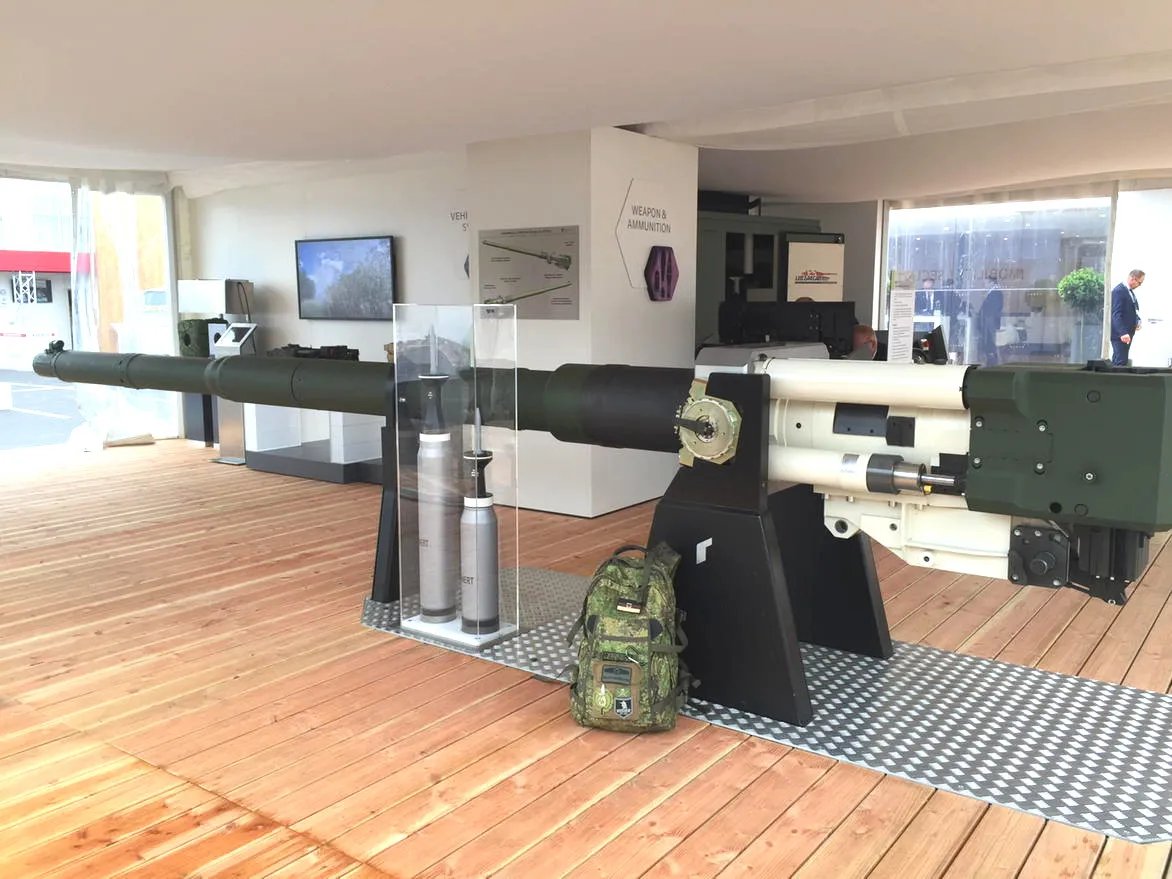
However, the modular nature of the MGCS program means its scope is not limited to a main battle tank, although that will be its centerpiece. However, as a ‘system of systems,’ the Franco-German project is expected to field other crewed and uncrewed vehicles. Exactly what these will be is likely still to be determined. Nevertheless, the Federal Cartel Office’s description of “an identical chassis on which different modules can be placed as required” suggests a family of related fighting vehicles is planned.
These specialized versions could perhaps be tasked with electronic warfare, air defense, or as platforms from which to launch drones or loitering munitions or fire directed-energy weapons. At least one video, released by German electronics firm Hensoldt, shows MGCS platforms working alongside multicopter drones, which serve as reconnaissance platforms as well as networking the different ground vehicles together — as seen in the image at the top of this story.
At the same time, the MGCS family might include more traditional tank derivatives such as combat engineer vehicles, armored recovery vehicles, and bridge-layers.
As well as the 130mm ammunition, the German technical studies also involve a new engine block (including steering, manual gearbox, cooling system, combustion air filtration, and exhaust system) and an enhanced version of the Multifunctional Self-Protection System, to be developed by Hensoldt and KNDS Deutschland.
Again, some or all of these features could find their way into the MGCS program, or at the very least help determine its requirements.
The Leopard 3 study is not the only Franco-German tank that’s currently being pitched as a stopgap until the arrival of the more ambitious MGCS.
Last summer, KNDS rolled out the latest Leopard 2 A-RC 3.0 version of the Leopard 2, which you can read about here.
This new version of the Leopard 2 features a completely uncrewed turret that can be armed with an even larger 140mm main gun. The tank also features a built-in anti-tank guided missile launcher and a remote weapon station armed with a 30mm cannon optimized for engaging drones, a threat that has now fully emerged thanks to the war in Ukraine.
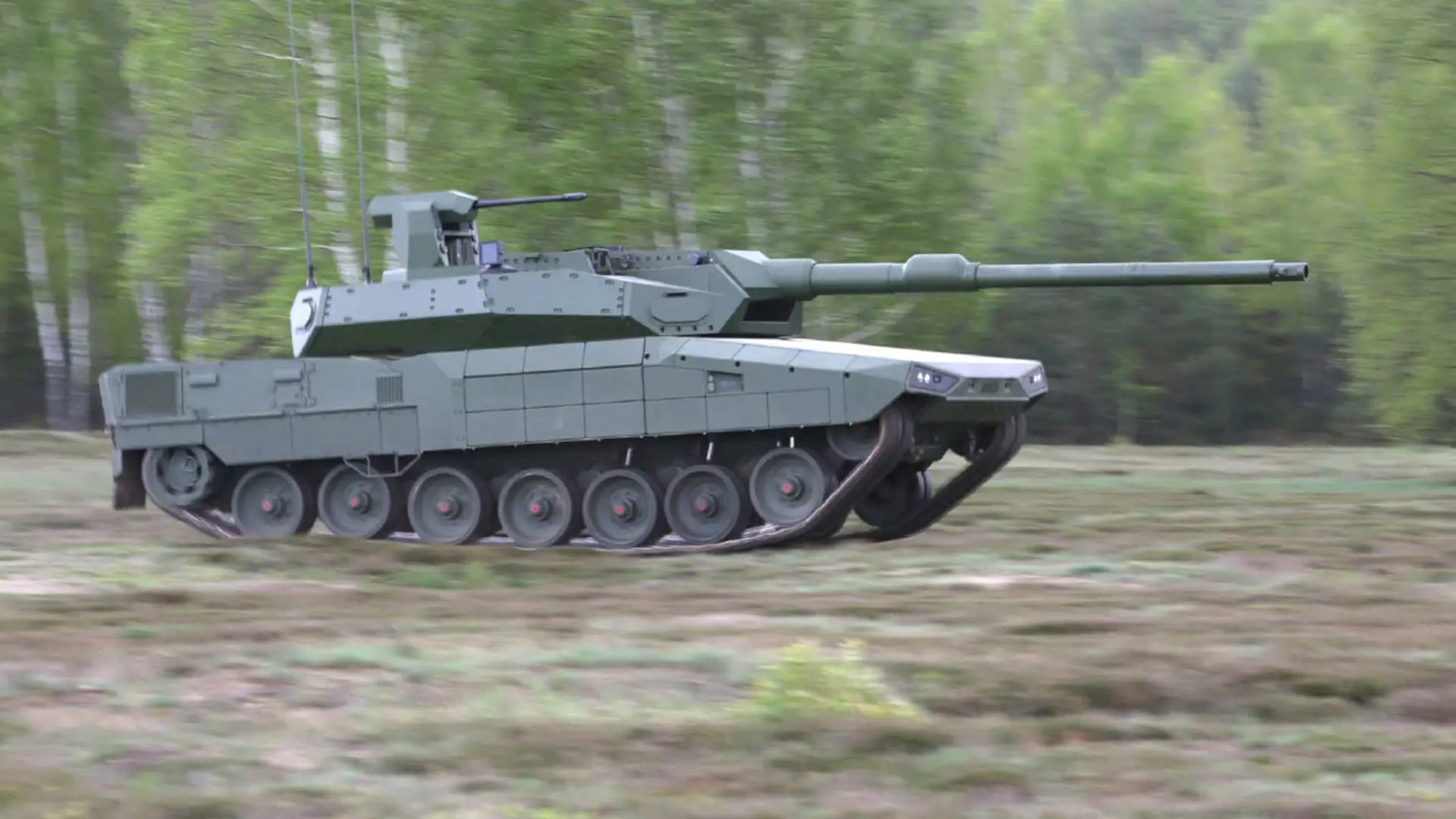
Meanwhile, Rheinmetall is also now marketing a next-generation tank, the KF51 Panther. This is armed with a 130mm main gun but retains a more conventional crewed turret. That turret also features a built-in launcher for missiles or drones and the option to install a remote weapon station on top. You can read more about the Panther’s design and capabilities here.
In another binational European joint venture, Rheinmetall teamed up with Leonardo of Italy to develop and manufacture a version of the KF51 for the Italian Army. The two firms will also market the KF51 — alongside other armored fighting vehicles — to other potential customers.
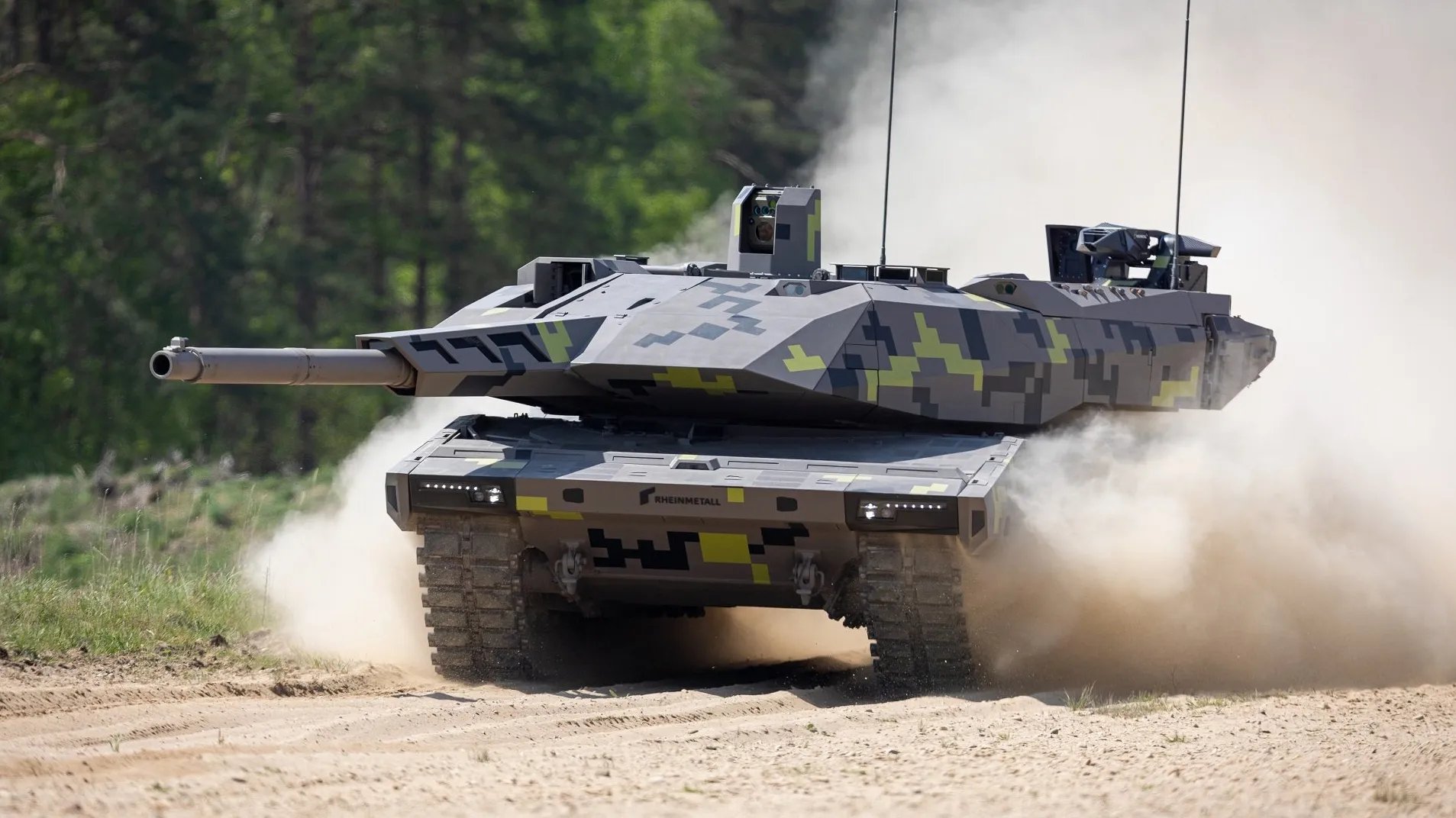
Overall, Germany is very much back in business when it comes to developing main battle tanks, products that it was one of the leading manufacturers of for a long time.
The end of the Cold War, however, saw tank fleets slashed in general, and entirely done away with in some countries.
Increasing Russian belligerence, starting with the annexation of Crimea in 2014, and culminating to its full-scale invasion of Ukraine in 2022, has been the prime driver behind a return to the primacy of tank warfare in Europe.
Now, both Germany and France are committed to regenerating their tank forces — and their wider armored fighting vehicle capabilities — via the MGCS program. However, this is an ambitious, multi-layered effort and many of its details and requirements are still to be defined. With service entry pitched for the 2040s, it’s no surprise that Germany, in particular, is looking at interim tank designs to meet threats in the years before then. Already, the MGCS effort has seen delays, but there could be more ahead. After all, a technology demonstrator for the MGCS program, the Enhanced Main Battle Tank, combining Leclerc and Leopard 2 components, was unveiled in 2018, but there has been little in the way of hardware since then.
As it stands, there is still much to be determined about the MGCS program and the vehicles it will yield, but we do now have confirmation of the four companies that will be responsible for developing and manufacturing them.
Contact the author: thomas@thewarzone.com
